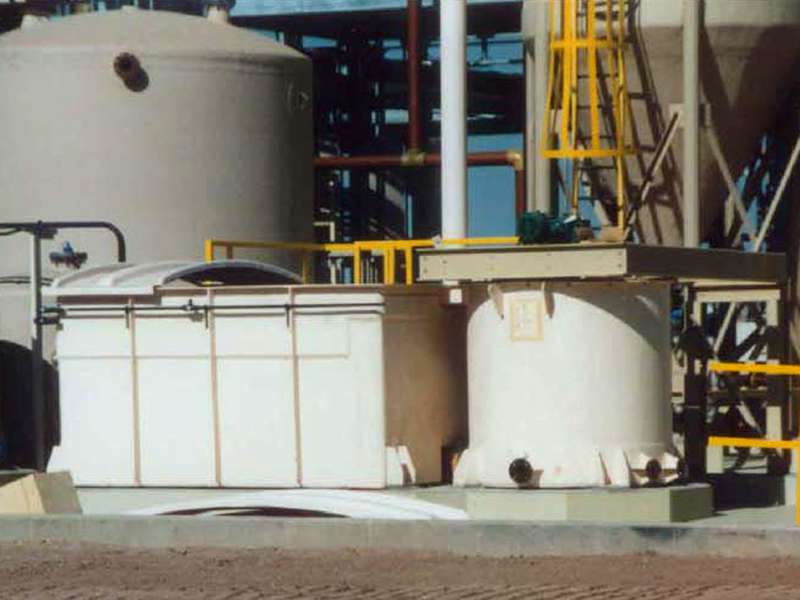
-
 Afrikaans
Afrikaans -
 Albanian
Albanian -
 Amharic
Amharic -
 Arabic
Arabic -
 Armenian
Armenian -
 Azerbaijani
Azerbaijani -
 Basque
Basque -
 Belarusian
Belarusian -
 Bengali
Bengali -
 Bosnian
Bosnian -
 Bulgarian
Bulgarian -
 Catalan
Catalan -
 Cebuano
Cebuano -
 China
China -
 China (Taiwan)
China (Taiwan) -
 Corsican
Corsican -
 Croatian
Croatian -
 Czech
Czech -
 Danish
Danish -
 Dutch
Dutch -
 English
English -
 Esperanto
Esperanto -
 Estonian
Estonian -
 Finnish
Finnish -
 French
French -
 Frisian
Frisian -
 Galician
Galician -
 Georgian
Georgian -
 German
German -
 Greek
Greek -
 Gujarati
Gujarati -
 Haitian Creole
Haitian Creole -
 hausa
hausa -
 hawaiian
hawaiian -
 Hebrew
Hebrew -
 Hindi
Hindi -
 Miao
Miao -
 Hungarian
Hungarian -
 Icelandic
Icelandic -
 igbo
igbo -
 Indonesian
Indonesian -
 irish
irish -
 Italian
Italian -
 Japanese
Japanese -
 Javanese
Javanese -
 Kannada
Kannada -
 kazakh
kazakh -
 Khmer
Khmer -
 Rwandese
Rwandese -
 Korean
Korean -
 Kurdish
Kurdish -
 Kyrgyz
Kyrgyz -
 Lao
Lao -
 Latin
Latin -
 Latvian
Latvian -
 Lithuanian
Lithuanian -
 Luxembourgish
Luxembourgish -
 Macedonian
Macedonian -
 Malgashi
Malgashi -
 Malay
Malay -
 Malayalam
Malayalam -
 Maltese
Maltese -
 Maori
Maori -
 Marathi
Marathi -
 Mongolian
Mongolian -
 Myanmar
Myanmar -
 Nepali
Nepali -
 Norwegian
Norwegian -
 Norwegian
Norwegian -
 Occitan
Occitan -
 Pashto
Pashto -
 Persian
Persian -
 Polish
Polish -
 Portuguese
Portuguese -
 Punjabi
Punjabi -
 Romanian
Romanian -
 Russian
Russian -
 Samoan
Samoan -
 Scottish Gaelic
Scottish Gaelic -
 Serbian
Serbian -
 Sesotho
Sesotho -
 Shona
Shona -
 Sindhi
Sindhi -
 Sinhala
Sinhala -
 Slovak
Slovak -
 Slovenian
Slovenian -
 Somali
Somali -
 Spanish
Spanish -
 Sundanese
Sundanese -
 Swahili
Swahili -
 Swedish
Swedish -
 Tagalog
Tagalog -
 Tajik
Tajik -
 Tamil
Tamil -
 Tatar
Tatar -
 Telugu
Telugu -
 Thai
Thai -
 Turkish
Turkish -
 Turkmen
Turkmen -
 Ukrainian
Ukrainian -
 Urdu
Urdu -
 Uighur
Uighur -
 Uzbek
Uzbek -
 Vietnamese
Vietnamese -
 Welsh
Welsh -
 Bantu
Bantu -
 Yiddish
Yiddish -
 Yoruba
Yoruba -
 Zulu
Zulu
Durable and Lightweight FRP Composite Panels for Versatile Applications
Exploring FRP Composite Panels A Versatile Solution for Modern Applications
Fiber Reinforced Polymer (FRP) composite panels have emerged as a revolutionary material in various industries due to their exceptional strength-to-weight ratio, durability, and resistance to environmental degradation. These panels, which consist of a matrix of polymer combined with fibrous reinforcements, provide a lightweight and corrosion-resistant alternative to traditional materials such as steel and aluminum.
Exploring FRP Composite Panels A Versatile Solution for Modern Applications
In construction, FRP composite panels are gaining traction due to their versatility and ease of installation. They can be used in a wide range of applications, from building facades and roofs to interior partitions and flooring systems. The lightweight nature of these panels reduces the load on structural supports, allowing for more innovative architectural designs. Furthermore, they are available in various finishes and colors, enhancing the aesthetic appeal of buildings while providing superior insulation properties.
frp composite panels

Another significant benefit of FRP composite panels is their durability. Unlike traditional materials, which may corrode, warp, or degrade over time, FRP panels can withstand harsh environmental conditions and are resistant to UV radiation, moisture, and harsh chemicals. This longevity translates to decreased maintenance costs and extended lifespans for structures and products that utilize these panels.
Safety is also a critical factor when considering materials for a given application. FRP panels are non-conductive and have flame-retardant properties, making them suitable for various industrial and commercial environments. This makes them an ideal choice for electrical installations and areas where fire resistance is paramount.
In conclusion, FRP composite panels represent a significant advancement in materials technology, offering a combination of strength, lightweight construction, durability, and aesthetic versatility. As industries continue to seek sustainable and efficient solutions, the use of FRP composite panels is expected to expand, paving the way for innovation in design and engineering across multiple sectors.









